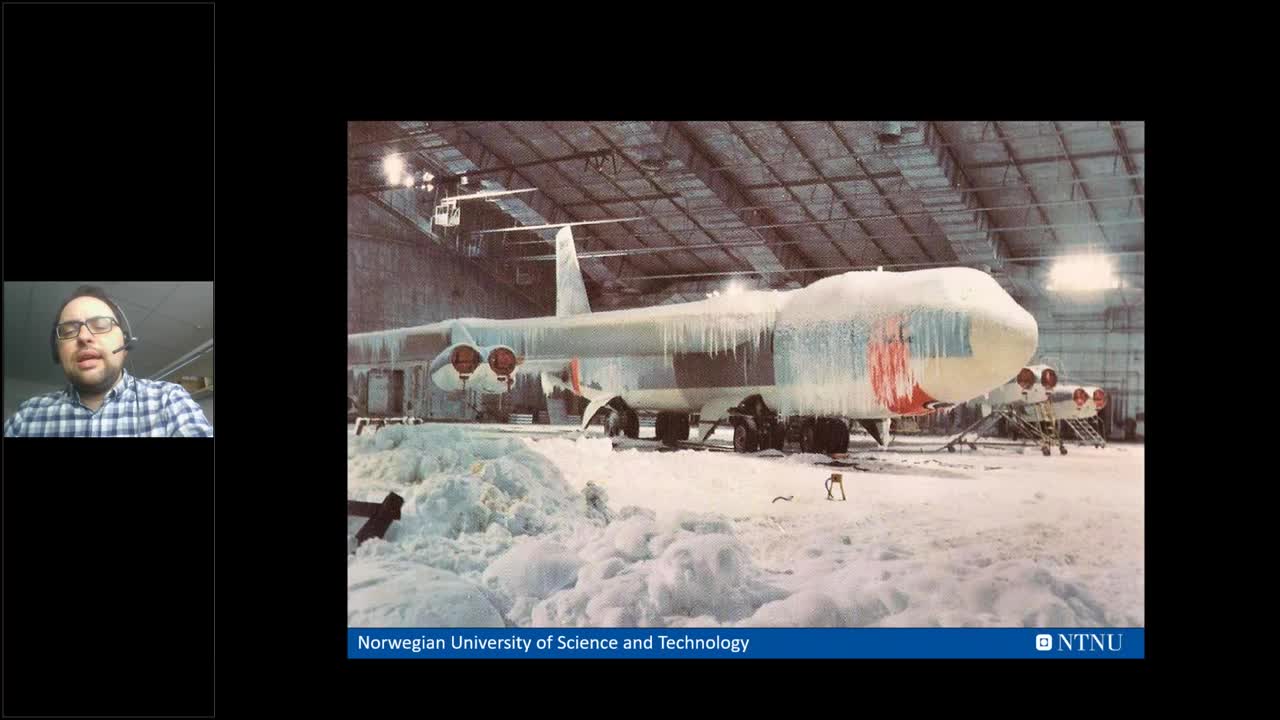Simulation of in-flight icing on UAVs

Using icing simulations on unmanned aerial vehicles to develop ice protection systems.
Inflight icing is a severe hazard significantly limiting the usage of autonomous unmanned aerial vehicles (UAVs). Researchers at the Norwegian University of Science and Technology (NTNU) investigate icing on UAVs and develop mitigation technologies together with UBIQ Aerospace. This webinar introduces the issues of in-flight icing on UAVs and discusses the following topics:
- Icing on UAVs
- Differences to icing on manned aircraft
- Simulation of icing and icing penalties
- Meshing of iced airfoils
Presenters
Richard Hann is a researcher at the Norwegian University of Science and Technology (NTNU) on the topic of icing on unmanned aerial vehicles. In 2013, he graduated with excellence from the University of Stuttgart in Germany as an aerospace engineer. After working for three years in the petroleum industry as an upstream project engineer, he returned to academia in 2016 to start a PhD on icing of unmanned aircraft. He is part of the Centre for Autonomous Marine Operations and Systems (NTNU-AMOS) and the Centre for Integrated Remote Sensing and Forecasting for Arctic Operations (CIRFA). Richard has more than eight years of experience with numerical and experimental icing aerodynamics on wind turbines and aircraft. Today, he is one of the leading researchers in the emerging research field of icing on unmanned aircraft. He holds a position as lead aerodynamics engineer and shareholder at UBIQ Aerospace. Richard is also promoting the application of drone technology in the Arctic with several ongoing projects in the fields of meteorology, glaciology, and atmospheric pollution at the University Centre of Svalbard (UNIS).
Faranggis Bagheri is the managing director of neptech, the Scandinavian distributor of Pointwise. She worked at Go Virtual Nordic, previous distributor of Pointwise, as software support manager for a couple of years after working 3.5 years at FS Dynamics Sweden AB as a CFD engineer, providing CFD calculations for different industries. Faranggis holds B. S. degree in mechanical engineering from Yazd University in Yazd, Iran and M.S. degree in mechanical engineering from Royal Institute of Technology (KTH) in Stockholm, Sweden.